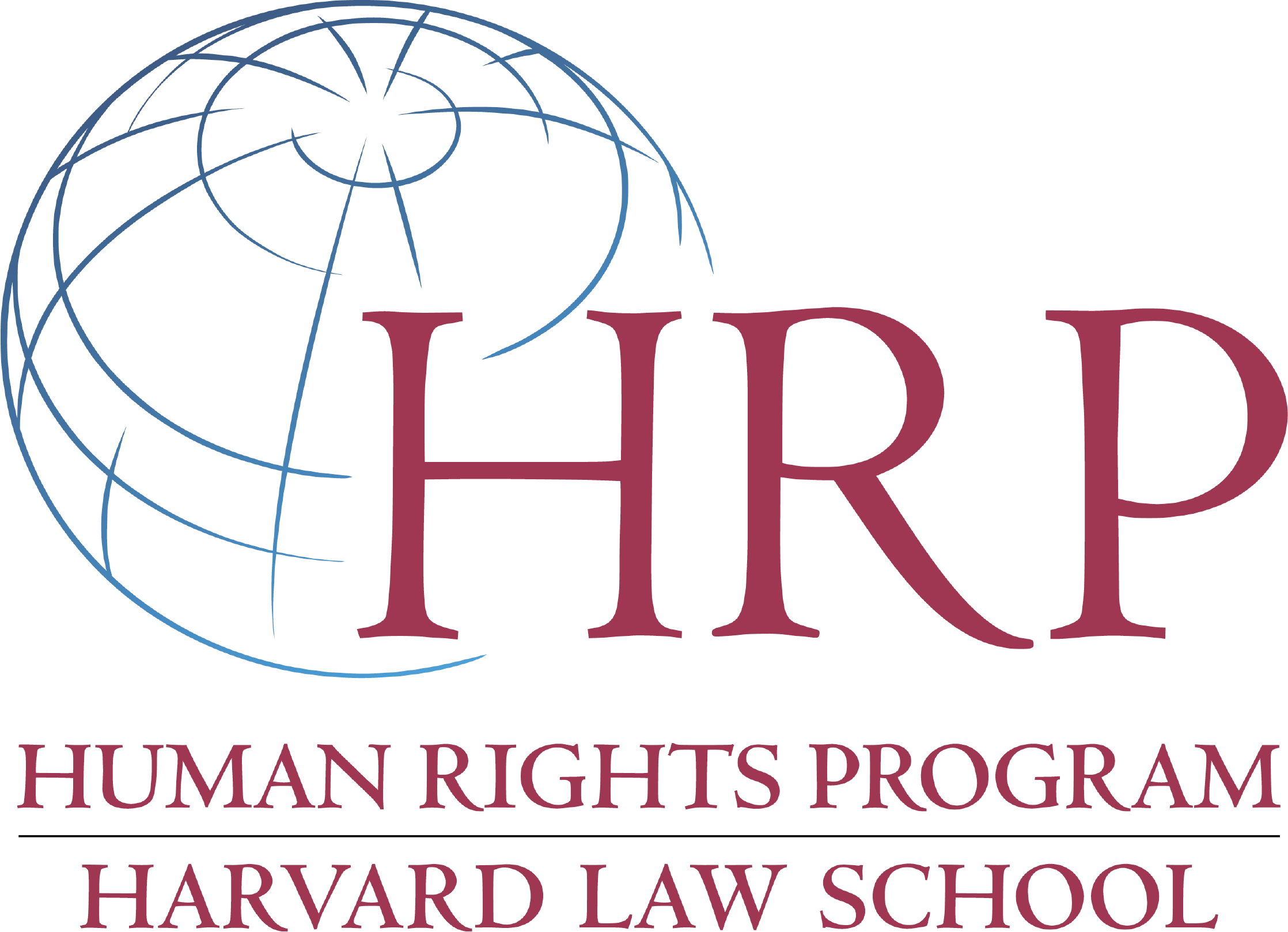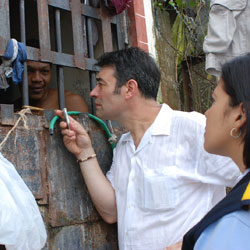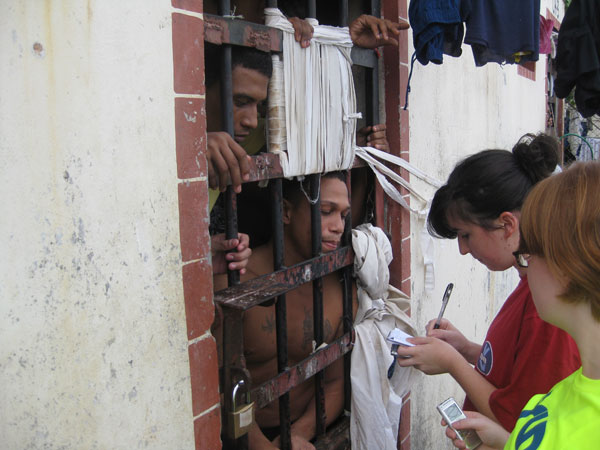
Q & A with Jim Cavallaro, Executive Director of the Human Rights Program
This week marked the start of the spring semester and the third snowstorm of the year. Right in the thick of it, we welcomed 40 students into the International Human Rights Clinic. We also started this blog, which will focus mainly on the projects and people associated with the Clinic.
It seemed like a good time to check in with Jim Cavallaro, Executive Director of the Human Rights Program (HRP). And so we did.
HRP: What attracted you to HRP?
Cavallaro: When I came in 2002, I had already spent nearly two decades working as a human rights lawyer in Latin America—in Chile during the last years of the Pinochet dictatorship, and then for nearly a decade in Brazil, working on criminal justice issues, transitional justice, racial discrimination, violence against women and indigenous issues. I had a lot of real world experience, but I hadn’t had the opportunity to step back and reflect, or to put what I had learned to use as a teacher. HRP gave me the opportunity to continue my work as an activist—my first passion—but also to work closely with students, and to reflect on human rights and the human rights movement.
It’s proven to be the perfect fit for me. I love the students’ energy and their sense that anything is possible. To be honest, their commitment and drive has been the engine behind the remarkable growth of the clinic and the program this past decade.
When I came here, we had a handful of students working on one or two projects. Now we have 40 students working on twenty projects on every major continent- and that’s just this semester.
It’s a rigorous program. We demand a lot of students, and we demand a lot of ourselves. But at the same time, we have a lot of fun. In part because we work so closely together, the atmosphere at the Clinic and at HRP is very informal. We’ll often spend a week or two with a few students in very close quarters, working on a given project during all our waking hours over breakfast, lunch, dinner. Those situations build a strong sense of teamwork and camaraderie that I think both students and faculty appreciate.
HRP: What’s so special about HRP?
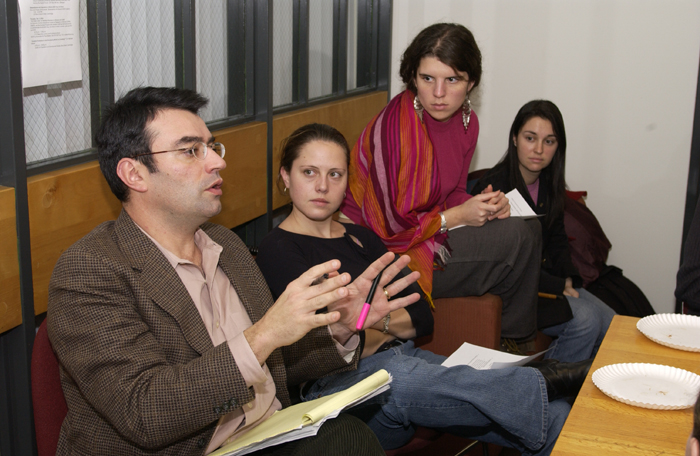
Cavallaro: I think the depth and breadth of our program sets us apart. Our goal is to be the most thoughtful and engaged program on human rights at any law school—and I think on most days, we achieve that. It’s an exciting place to be.
On the academic side, which is led by Mindy Roseman, we have events, speakers, and brown bag lunches that offer a chance to reflect on the clinic’s work, as well as the work of the human rights community as a whole. We convene conference on cutting edge issues, invite leaders from around the world, and organize publications. On the clinical side, we have a wide range of human rights seminars, on everything from the environment to corporate accountability to disarmament.
The clinical projects are probably the biggest draw, offering students the critical opportunity to learn by doing. Our students have assisted in cases before the Inter-American Court of Human Rights; documented the impact of cluster munitions on citizens in Lebanon; investigated the forced sterilization of HIV-positive women in Namibia; and lobbied for reform at international conferences. We believe it’s critical to involve students in the kind of work and thinking they’ll have to do as human rights lawyers on the ground.
Last semester, for instance, I traveled with three students to Panama to investigate alleged human rights violations in the prisons there. The four of us spent several days in different detention centers speaking with prisoners, guards, and lawyers, trying to get a sense of what of what the detainees were experiencing firsthand. The fact-finding trip was part of an ongoing project on prisons in Panama; in 2008, students researched and presented a report to the Inter-American Commission, but there is much more work to be done.
Human rights advocacy is demanding work, and it requires a lot of different capacities—intelligence, strong legal analysis, a tireless work ethic. But it also requires a lot of interpersonal capacity—the ability to read situations, to think on your feet, and to make quick decisions. Those skills are hard to teach in a classroom, so we clinicians spend a lot of time working very closely—and individually—with the students, particularly on fact-finding advocacy trips. Students spend a lot of time shadowing our instructors, then taking the lead themselves.
HRP: How has the Clinic adapted to students’ interests and the changing field of human rights?
Cavallaro: When I started here in 2002, the Human Rights Program—like just about every other law school in the country—had a single clinical offering in human rights. That made sense as long as we had a dozen students engaged in clinical work per year. But we’ve seen a tremendous surge of interest in recent years, and students want to explore a broad range of topics and issues within human rights advocacy. At the same time, the field itself has grown exponentially. We realized we couldn’t train the next generation of human rights leaders with a single course.
Now we offer nine.
To give you a sense of the breadth of the program, this year’s courses focused on general human rights advocacy, human rights and the environment, human rights in situations of conflict, and human rights litigation in US courts. In alternating years, we have—and will offer—seminars on international human rights litigation in a range of fora; human rights, the laws of war, and negotiation; human rights advocacy in the US; and human rights and criminal justice systems globally.

The staff who teach these seminars are human rights lawyers who have spent years developing their expertise in the field. Tyler Giannini, the director of the clinic, co-founded EarthRights International, and is a national leader in Alien Tort Statute litigation. Bonnie Docherty is a world-renowned expert in cluster munitions. Susan Farbstein, work also focuses on the Alien Tort Statute and South Africa, was a finalist for Public Justice Trial Lawyer of the Year in 2010.
We’ve had students who spent the better part of their three years at HRP, starting with one seminar, then moving on to another, developing their understanding of various aspects of human rights law and practice, and honing their advocacy skills through clinical projects.
HRP: What skills can a student expect to develop in the Clinic?
Cavallaro: In addition to learning to think critically, which is a key element of our human rights clinical seminars and HRP in general, we focus on the practical skills any human rights lawyer needs in the field. Our students are consistently engaged in fact-finding, report writing, legal analysis, and advocacy.
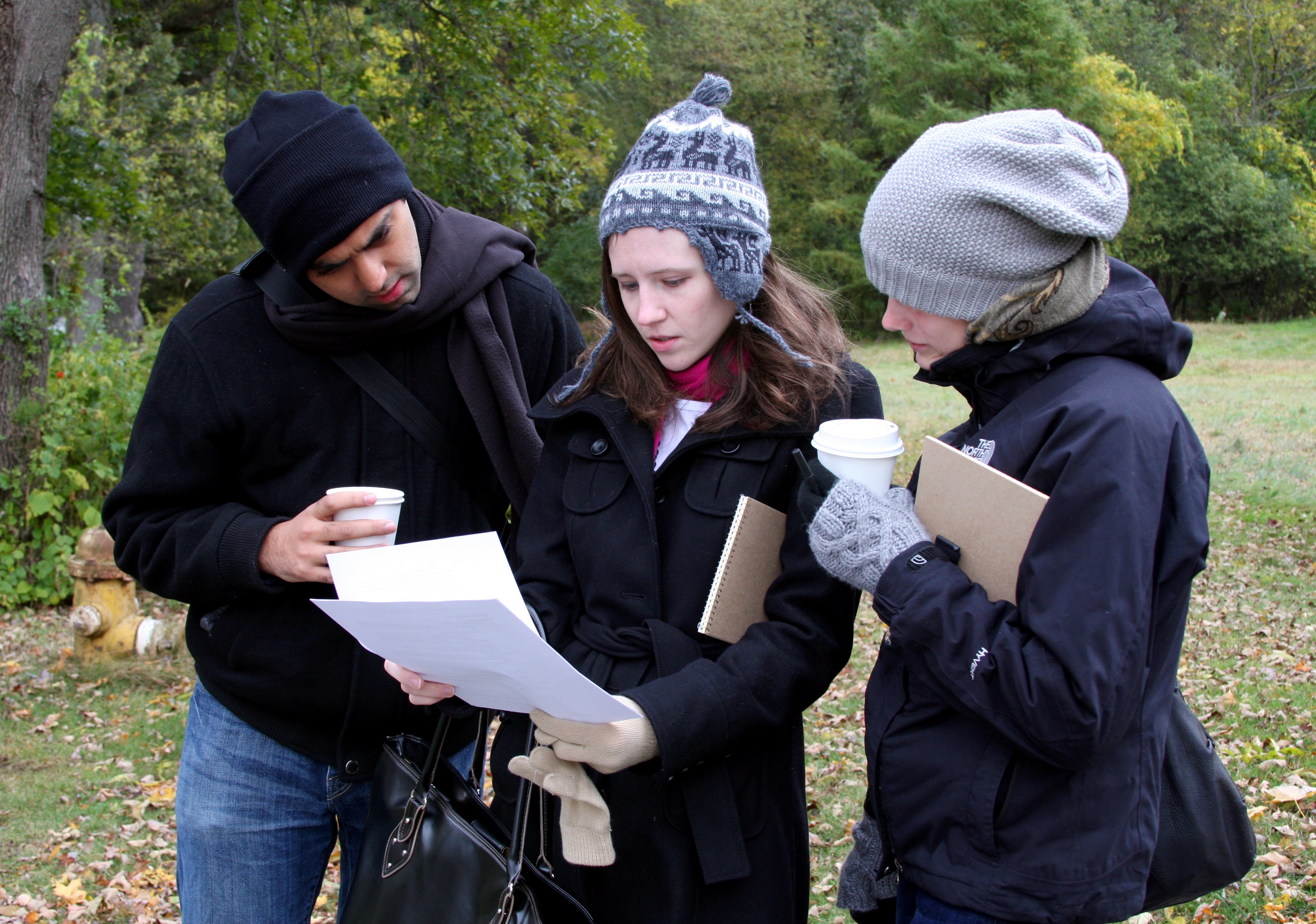
We run full-day training sessions that require students to navigate complicated human rights scenarios. We simulate a situation where human rights abuses may have taken place, and then students engage, interviewing witnesses, victims, and other stakeholders, and drawing conclusions in real time. We also train students in advocacy skills during mock sessions with international bodies, government authorities, and media.
One of the things I consistently hear from my colleagues at major rights organizations—nationally and in other countries—is how well prepared our graduates are to take on the challenges of human rights work. HRP graduates are working all over the world: Human Rights Watch, Amnesty International, UN bodies, leading domestic human rights organizations in literally dozens of countries. It’s an enormous source of pride to see our students graduate and go on to lead in the field of human rights.
